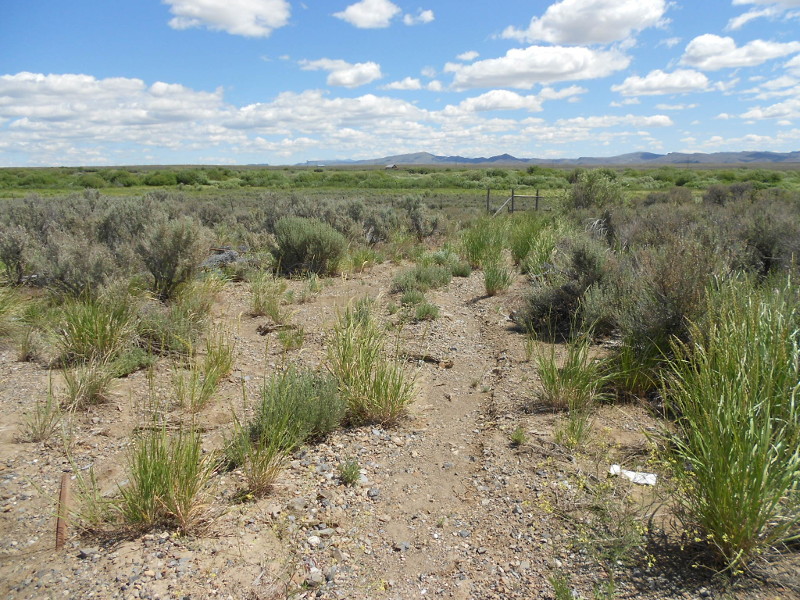-
There Is No Sound Science
Categories: Estimated reading time: 2 minutes
There is no scientific criterion for soundness. The term, sound science, reportedly was created in the 1980s by tobacco industry lobbyists trying to prevent regulation of second-hand smoke. Since then the term has been used by governments, industry groups, and environmental NGOs. The term too often is interpreted as meaning data supporting a particular position on an issue. This is highly unfortunate because there is a real need to use valid scientific data and analyses as a basis for policy or regulatory decisions. -
Operational and regulatory decisions depend on insights and knowledge gained from analyses of data collected in compliance with water quality permit conditions. These data need to be set in their spatial and temporal contexts and associated with aquatic biota, beneficial uses of the waters after leaving the project boundaries, and the geomorphic settings through which they flow. This report on the relationships of total dissolved solids (TDS) with selected minerals from a sample of streams on both sides of the Independence Mountains is the first aspect to be analyzed and reported.
-
It is common to read statements like this: “… EPA found that 20 percent of 331 wells tested had nitrate levels above federal drinking water standards …” Such statements contain no useful information because they lack context. To put this statement in context we need much more information. For example: where are these 20% located in relation to all 331 wells, what time of year were these high nitrate concentrations observed, and how frequently did they occur?
-
Water quality permit compliance monitoring data with concentration values exceeding statutory thresholds are assumed to result from permitted operations. Fines or penalties might be levied; remedial actions might be imposed. That permitted activities were responsible has not been demonstrated by the submitted data. This is particularly true when permitted activities are dispersed as mining, logging, and ranching are. Missing in permit compliance monitoring report evaluations is the context for those constituent values that exceeded thresholds.
-
Water Quality Standards: Designated Uses
Categories: Estimated reading time: 3 minutes
The EPA requires states to protect designated beneficial uses of water such as municipal water supplies; protection of fish, shellfish, and wildlife; and recreational, agricultural, industrial, and navigational purposes. States are required to examine the suitability of a water body for designated uses based on physical, chemical, and biological characteristics as well as its geographical setting, scenic qualities, and economic considerations. EPA’s highest designated use is “fishable/swimmable”. All designated uses are to be assessed to determine whether they do, or can, attain suitable quality. -
What is a Species?
Categories: Estimated reading time: 9 minutes
For enforcement of the Endangered Species Act federal regulators (the Fish & Wildlife Service and NOAA Fisheries/National Marine Fisheries Service) consider local populations and management units (stocks) to be species, regardless of biological theory. NOAA Fisheries calls these small groups “Evolutionarily Significant Units” (ESU); the US Fish & Wildlife Service calls them “Discrete Population Segments” (DPS). These political definitions affect how decisions are made regarding ESA-listed biota in the areas where businesses have their operations. -
Nonpoint source pollution (NPS) policy and regulation under the Clean Water Act (CWA) is difficult for regulatory agencies, and is open to challenge as being too restrictive or not sufficiently restrictive. The accepted standard for regulating nonpoint source pollutants are total daily maximum loads (TMDLs) which affect all natural resource operations, among others. Download the PDF.
-
Total Maximum Daily Loads (TMDLs) are a regulatory management strategy to partition waste load allocations (WLAs) among various dischargers to keep concentrations within limits in the receiving water body. They are a step beyond the National Pollution Discharge Elimination System (NPDES) permitting system for point source discharges by incorporating a broader perspective. Water quality management can be improved by using a comprehensive watershed approach that reflects cumulative effects of activities within a drainage basin.
← Previous
4 of 4


